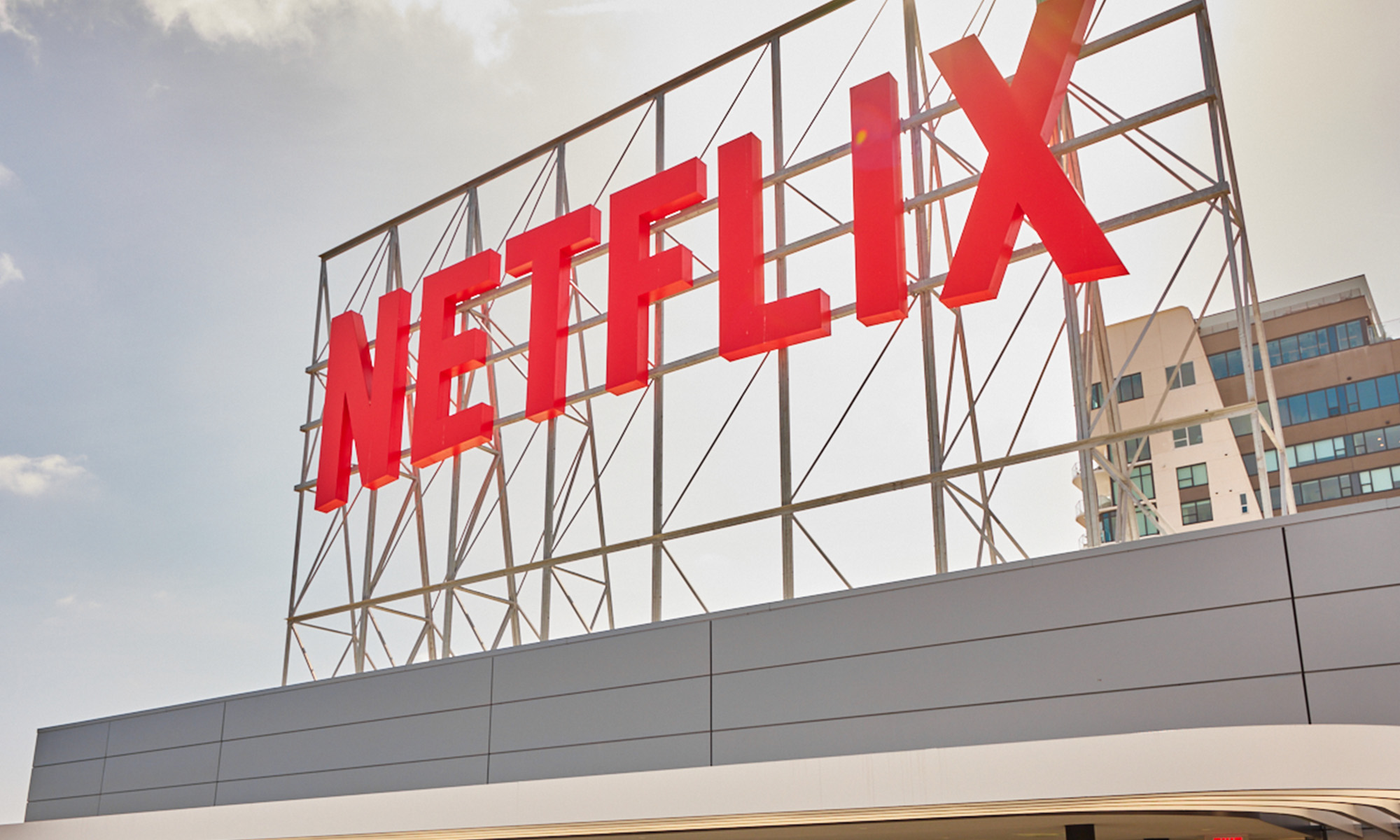Digital video veteran Netflix (NFLX +0.25%) reported earnings this Wednesday evening, covering the second quarter of fiscal year 2019. Subscriber additions fell short of management's guidance, and the bottom-line result was limited by a one-time tax charge related to recent restructuring.
Netflix's second-quarter results: The raw numbers
|
Metric |
Q2 2019 |
Q2 2018 |
Change |
|---|---|---|---|
|
Global streaming paid memberships |
151.6 million |
124.4 million |
22% |
|
Revenue |
$4.92 billion |
$3.91 billion |
26% |
|
Net income |
$271 million |
$384 million |
(29%) |
|
GAAP earnings per share (diluted) |
$0.60 |
$0.85 |
(29%) |
Data source: Netflix. https://s22.q4cdn.com/959853165/files/doc_financials/quarterly_reports/2019/q2/Q2-19-Shareholder-Letter-FINAL.pdf GAAP = generally accepted accounting principles.
Subscriber additions
The company added 2.7 million net new subscribers in the second quarter. In the domestic market, 2.8 million new accounts abroad paired up with 126,000 lost subscribers. That was below the 5 million additions management aimed for in guidance for this quarter. The total number of paid subs passed 150 million for the first time.
The domestic streaming segment generated $852 million of contribution profits, a 27% year-over-year increase. International contribution profits rose 121%, landing at $416 million. The waning DVD division added another $46 million, 13% below the year-ago period's tally. Contribution profit is a Netflix-specific non-GAAP measure that corresponds roughly to gross profit minus marketing costs for any given segment.
Average subscriber revenues per month
The average domestic customer paid Netflix $12.75 per month in the second quarter, up from $11.48 per month in the first quarter and $11.28 per month in the year-ago period. This 13% year-over-year increase was the result of price increases rolling out over the past several months.
Average monthly payment trends were less clear on an international level, as price increases in select markets had to balance out against rising subscriber numbers in price-sensitive markets such as Latin America and India. The current reading of $9.29 per month was a boost from $8.90 in the previous quarter and $9.36 per month in the second quarter of 2018.
Other financial points of interest
Free cash flow came in at a negative-$594 million, compared with negative-$559 million in the same reporting period of 2018. Netflix spent $3.3 billion in its production of original content and on fees for access to third-party content catalogs.
Since the cash flow came in below breakeven again, management held the door open for another round of new debt. At the end of the second quarter, Netflix balanced $5 billion of cash equivalents against $4.8 billion of current content liabilities and $12.6 billion of long-term debt.

Image source: Netflix.
What management had to say
In a prepared statement, Netflix's management said the modest subscriber growth was fairly even across all regions, except that the guidance misses were a bit higher in markets with recent price increases. A beefy 9.6 million net adds in the first quarter may have set the company up for disappointment in this report by skewing the seasonal trends forward, but the main culprit appears to be lukewarm interest in the second quarter's new content premieres.
In the end, Netflix's leadership suggested that it would be a mistake to focus too closely on an overly optimistic guidance target when the long-term trend remains strongly positive.
"It's easy to over-interpret the quarter's membership adds, which are a bit noisy," said CEO Reed Hastings in the second-quarter earnings call. https://www.youtube.com/watch?v=kBMmieqMvdU "For the most part, we are just executing forward and trying to do the best forecast we can."
Spencer Wang, VP of finance and investor relations, weighed in with some color commentary on this topic:
When we think about those paid net add forecast. It's really about the marginal growth. Like, on our subscriber base, it's over 150 million members. So we're talking about plus or minus 1%, 2%, 3% in growth rates on subscribers on an annual basis, that are growing over 20%.
So, if we look at the trailing 12 months, we grew our member base by over 27 million members. If you take that forward to where we think we'll be at the end of Q3, we think it will be, on a trailing 12-months basis, over 28 million members. So we're really playing for the sustained increase in growth in our membership over time and there be some quarter-by-quarter choppiness along the way based on things like seasonality and content slate and so forth.
Looking ahead
Netflix still expects to consume roughly $3.5 billion of free cash flows for the full fiscal year, followed by "improvement in 2020" and an upward long-term trajectory from there. Steady subscriber growth and widening operating margin should help the company achieve this ambition.
In a shorter view, management guided for 7 million global subscriber additions in the third quarter. That would be up from 6.1 million adds in the same period of 2018. Revenue should rise by approximately 31% to $5.25 billion, driving GAAP earnings roughly 17% higher to $1.40 per diluted share. Editor's note: This earnings figure has been corrected.






